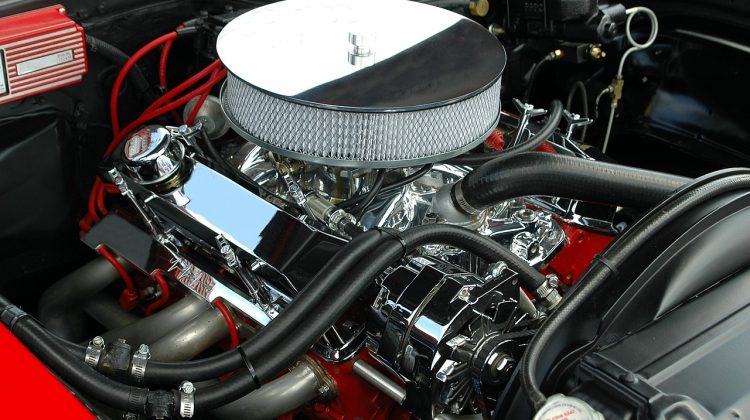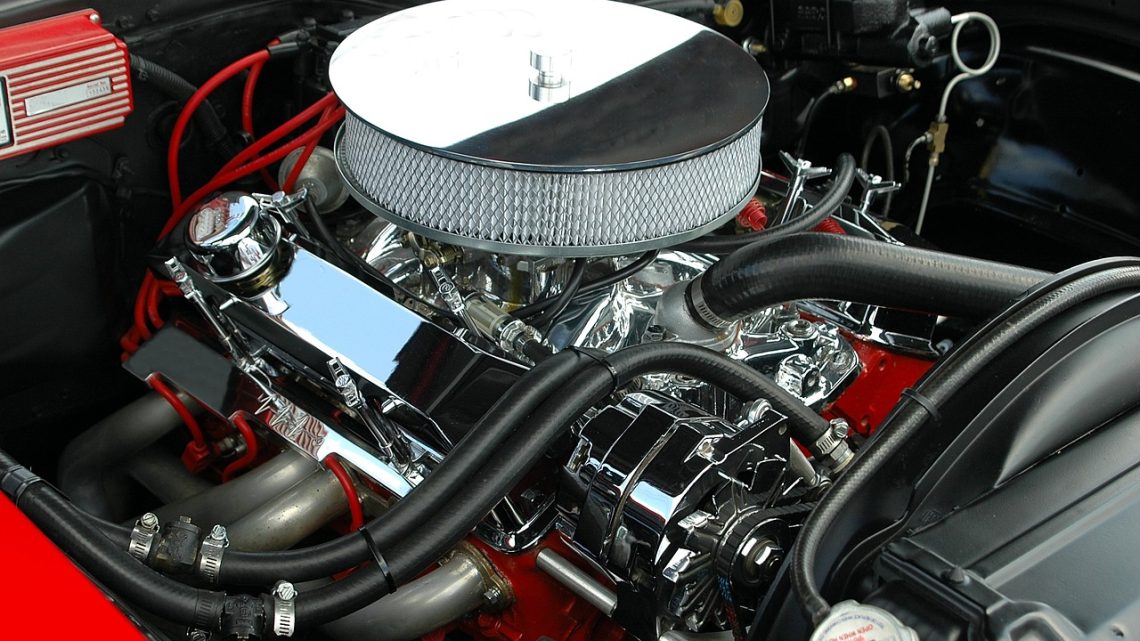The big four insurance categories are house, health, life, and auto insurance. Then there’s a second category that gets a little murky with credit card insurance, buy protection plans, fraud insurance, and other things. This second category includes extended warranties, sometimes known as extended service contracts or extended service policies.
Extended warranties are designed to pay (in full or in part) for specified repairs for a set amount of time after the manufacturing guarantee expires. They can be an excellent buy. They can also be a big financial waste. The details get pretty hazy. What exactly is included? How long will it take? How much is it? Are there any hidden fees?
There are countless extended warranty firms and even more warranty packages to choose from. Silver, gold, platinum, platinum-plus, and a slew of other reassuring jargon are names often used to describe them. What is the ideal strategy, and are extended service contracts worthwhile? Like life insurance policies, extended warranties are a numbers game. They’re a risk. You spend $2500-$4500 for a two-year, 100,000-mile protection package, hoping to recoup at least that amount in warranty repairs. The supplier, on the other hand, hopes to spend less than the amount insured.
The manufacturer, the dealership/third party, and third-party providers are the three basic categories of plan providers. Each has assets and liabilities (explained more below).
What precisely does an extended service plan cover?
As previously said, what is covered depends on the package purchased. Some plans solely cover the power train, which includes the engine, transmission, and rear end. Others cover the engine and some electrical components. Others are concerned with electrical, sophisticated electronics, and computer components. Some just cover the terms of the contract. This is referred to as a “Stated” or “Named” contract. That is, if it is not stated, it is not covered. Some provide bumper-to-bumper coverage, similar to a manufacturer warranty, with the exception of trim pieces, upholstery, exterior components, cosmetic items, and a number of other exclusions.
Never before has the phrase, “The devil’s in the details,” been more true.
Extended Manufacturer Plans
The manufacturer’s extended service plans provide the finest coverage, convenience, and quality. Coverage is similar to that provided under the original factory warranty, with the same exceptions as described above. Direct billing means you don’t have to pay anything out of yourself, save for a deductible if necessary. Quality is also excellent, as a manufacturer’s extended warranty will only use factory parts. They also have money, therefore they are less likely to go bankrupt.
The disadvantage of manufacturer-extended service plans is that they are not inexpensive. These plans are typically the most expensive, have low mileage requirements, and require you to service your vehicle at a dealer in order to be covered.
Plans for Dealerships and Third Parties
Extended warranties purchased from a dealership are actually provided by a third-party insurer. These service providers are “generally” trustworthy, although not always. However, if an issue arises (for example, the warranty provider filing for bankruptcy, which is relatively common in the extended service contract market), the dealer “may” step in to cover any repairs that would have been covered under the defunct plan. Furthermore, claims are simplified: invoicing is straightforward because the dealership has a business connection with the supplier, and there is usually a pricing agreement.
Some dealers create their own “internal extended warranty,” which the selling dealer honors. This is extremely uncommon and should not be mistaken with a manufacturer’s guarantee. Important: extended warranties are frequently misrepresented as “manufacturer” warranties. They aren’t. This is a sales ploy. Also, keep in mind that there is a large markup because the dealership is only acting as a middleman. Finally, extended warranty firms frequently fail without warning.
Plans from a Third Party
Third-party plans are so-called because they are not the responsibility of the manufacturer or the service facility making the repairs (unless there is a working partnership with a repair shop, as noted above).
There are hundreds of companies that provide extended service contracts. Some have a favorable reputation, while others do not. Used automobile dealerships regularly sell third-party plans. You may also receive an official-looking notice in the mail claiming that your warranty is about to expire and instructing you to phone an 800 number as soon as possible. This is a marketing strategy employed by an independent warranty provider. The postcard or envelope, despite its “official” appearance, is not from the company. Manufacturers do not send out warranty expiration notices.
Red Flags
There are various red flags given the large range of third-party programs.
1) Claims: Extended warranty firms will assure you that filing claims is simple and that the service center is reimbursed right away using a credit card. As a result, you will incur no out-of-pocket expenses. However, the warranty company cannot impose its policies on a service center. Some repair shops will only accept money from the customer. Thus, it is the repair customer’s responsibility to complete the documents, contact their warranty company, and wait for reimbursement through a check, which can take 2-8 weeks.
It is the service center’s job to call the extended warranty company and inform them of the problem with the car. Depending on the extent of repairs and, notably, the money, this process can take anywhere from 20 minutes to 20 days. (See $1000 and Adjusters for more information.)
Service centers and extended warranty companies regularly disagree on what constitutes a “fair” price for repairs. Many repair shops no longer bargain and just disclose the price, leaving the contract holder (i.e., the service customer) liable for any difference.
2) Rentals: Rental insurance is an excellent benefit. There are, however, predetermined rates and time constraints. In other words, even if you drive a Mercedes-Benz, the warranty company will not pay to have you drive another one. The daily rental allowance ranges from $25 to $35. Furthermore, rental coverage is based on the number of hours it takes to fix the vehicle, not how long it has been in the shop.
3) $1000 and Adjusters: Repairs that reach $1000 or necessitate a large amount of work may necessitate the warranty company to call in an adjuster to confirm the diagnosis. This will cause the repairs to be delayed by at least 24-48 hours. You may be charged for having your vehicle towed back into the shop for examination, as well as time spent with the adjuster.
4) Tear-down Charges: In many circumstances, an extended warranty company will require that a specific component be disassembled for inspection in order to decide whether or not the repair is necessary and covered. This places the service customer in an embarrassing situation. The customer must authorize possibly hundreds of dollars in tear-down costs in the hope that the repair will be compensated. If it isn’t, the consumer will be out hundreds of dollars in tear-down PLUS the actual repair. This does occur!
Common Myths and Misconceptions
1) Extended warranties cover maintenance services and brake work
Maintenance and wearing goods are not covered under extended warranty agreements. Brake pads and rotors are both replaceable parts. Coolant, brake, and transmission flushes, tune-ups, servicing, oil changes, lights, wipers, and other maintenance are not included.
2) They told me it’s bumper-to-bumper, so it covers everything, right?
Wrong. Even a factory warranty does not cover everything. When selling an extended warranty, one is frequently led to assume that he or she will have nothing to worry about. On so many levels, this is simply not true. For example, if your bumper breaks, you are not protected.
3) I don’t have to pay anything, right?
Wrong. Despite assurances of complete coverage, there are other aspects to consider. Labor rates, labor hours, diagnostic times, component pricing, and machine work are just a few examples of issues that frequently contradict service center policies. Some prolonged contracts pay little more than $55 per hour and simply allow for one-half hour of diagnostic time. This is often unacceptable to the service center, as labor charges at many dealerships have risen to above $100 per hour, with local shops averaging $75. Furthermore, due to the complexity of today’s cars, diagnostic time is limited. The difference is borne by the consumer.
4) If I have an expensive problem, I can just purchase an extended service contract.
It’s a little bit unethical, but it’s a common alternative. However, most service contracts contain a three-month waiting period before the first claim can be lodged. In addition, many contracts, like life insurance, require that your vehicle be evaluated by a service center to check for pre-existing conditions.
5) My contract lasts up to 100,000 miles.
Only if the time limit is not reached first. There is a time limit on all extended warranty plans. A typical contract, for example, will indicate that the car is insured for two years or 100,000 miles, whichever comes first. However, throughout the sales pitch, the emphasis will be on the 100,000 miles rather than the time.
6) If my car breaks, it gets fixed like new.
In reality, depending on the contract, an extended warranty firm may require the installation of remanufactured or even used parts.
Items that are frequently excluded from extended warranties include:
- Any component that has an existing condition;
- Any part associated with a Technical Service Bulletin (TSB);
- The numerous components that the manufacturer has updated.
- Extra parts that are required “due to manufacturer updates” to finish the repair.
- Molding, cup holders, dashboards, consoles, body sections, and glass that are examples of trim items.
- Other numerous accessories: radios, DVD players, and televisions.
- Many costly electronics: climate control units, navigation assemblies, and so on.
Advantages of service contracts
Some service contracts are transferable, which can boost a vehicle’s resale value. Many include trip interruption reimbursement, towing, and 24-hour roadside assistance. Some plans are also financeable or have EZ-Pay options. Others will refund your money.
What are your options?
There will be plenty of advice about conducting research, comparing plans, and reading the fine print. All of this is sound advice. But what about doing the calculations?
Assume a $2500 plan for two years or 100,000 miles, whichever comes first. To break even, you’ll need at least $1250 in covered repairs per year, excluding routine maintenance. Remember that the keyword here is “covered.”
Another way to look at it is to budget $104.17 a month for “covered” repairs over the following two years. Do you wish to place that wager?
What might happen?
Repair work could double or triple your money. You might be able to get a new engine and transmission (or used ones). But you may also easily spend $2500 on a service contract and then have to pay another $2500 for repairs that were not covered under your plan for a variety of reasons. You’re now out $5000. If you hadn’t already invested as much maybe you would have decided to scrap your car at this point.
You might also keep your initial $2500. In many ways, an extended warranty only serves to prepay for repairs. You could put the money in a bank and get interest on it. The money might then be withdrawn when needed for repairs.
Another factor that is rarely highlighted is the source of the troubles. Many car repair issues are the result of normal wear and tear, inadequate maintenance, physical damage, or natural disasters such as flood damage. None of this is addressed. Only failed components are covered by the gamble.
If the vehicle you’re driving requires $2500 to $4500 in repairs due to outright failing components, is it really worth keeping? A car that requires this type of service due to mechanical, electrical, or computer faults may not be worth it. The $2500-$4500 would be better spent on a nice vehicle improvement rather than insuring a lemon.
There’s no denying that auto repair is costly, and even high-quality vehicles break down from time to time. Do they, however, break down to the tune of $2500-$4500? That’s a huge wager on a “possibility.”
Terence O’Hara of the Washington Post offers a great general review of extended warranties. He writes, “Extended warranties capitalize on a natural human instinct to prevent a loss, even if it means foregoing a potential future gain.” The gain is all of the other valuable items that a consumer could purchase with the money spent on a warranty.
Conclusion
So, said all that, what is the best strategy when it comes to extended warranties? It truly depends on the value of your car, affection, and other personal factors that may influence the decision, but most often the best option is to keep the money in your bank account!










No Comment